Deanne Fitzmaurice is a Pulitzer prize-winning photographer and photojournalist known for capturing intimate and emotional stories through images.
I had the pleasure of sitting down with Deanne to discuss her methods for taking intimate and emotional photographs.
She was kind enough to walk us through her thought process of photojournalism photography as well as portrait photography. We were able to discuss the mental switch between the two.
In the Beginning
Deanne shared that in the beginning of her career she would walk into a situation with the expectation that everyone would be natural, comfortable and reveal themselves to her.
She discovered quickly that that was not the case.
Fitzmaurice realized she must put the subject at ease, connect with them in order to make them feel comfortable.
It is important to make that fundamental human connection, as Fitzmaurice puts it. You speak honestly and from the heart in order to help your subject feel comfortable.
“This is who I am, why I’m here. This is me and what I care about.”
Share a bit about yourself, open yourself up so that your subject gets to know you and doesn’t feel as nervous in the situation.
The tricky part comes after, Deanne shares. Okay, you’ve made that connection. Your subject feels comfortable. It’s time to fade into the background and let the moments unfold in front of you.
Switching Gears
As a photojournalist, Deanne is used to being a fly on the wall. Letting moments unfold in front of you.
To switch gears from that to directing someone for a portrait photo is very different.
You have to mentally switch gears. Normally, Fitzmaurice isn’t telling anyone what to do because she is the moving piece, not her subject.
For portraits, she must become a director. Telling her subject where to sit and what to do.
An obstacle when doing portraits is her subject. More often than not, her subject is in town for a short period of time so there is only a small window to get the portrait photos needed.
This loops around back to connecting with your subject. In time contraints like this, Deanne still takes the time to connect with her subject, just faster.
The experience she shared with me was: her subject was Matt Damon. She knew he was a Red Sox fan and being from Boston herself, Deanne was able to use that as a connection point. They discussed the Red Sox for a bit and Damon just lit up, relaxed and they were able to get the portraits done, according to Deanne.
Tips for Strong Composition
Fitzmaurice shared that a key element to strong composition is layering.
Layering- defined as having a foreground, a middle ground and a background that are all working together.
For example, the background is giving you information on the foreground.
Layered photographs have a strong composition making them that more interesting because your eyes move around, says Fitsmaurice. When they’re strongly composed, you have all these small pictures within a big picture.
In order to achieve these layered photos, take everything into consideration. You’re just looking at the foreground but as the background as well. Taking every little detail in and keeping a sharp eye out for anything that may be a distraction from your subject.
Sports Photography
A topic Deanne has always loved is sports photography.
She has covered Super Bowls and World Series.
Fitzmaurice describes it as exciting. You’re standing on the sidelines, side by side with the best of the best sports photographers.
In that situation, you cannot screw up. You have to nail the shot. It sounds incredibly nerve- wracking but that’s what Deanne likes about it. It keeps your adrenaline going.
You have to anticipate what’s going to happen, where the next play is going to be and be ready.
And on that note
It was a delight to sit down with Deanne Fitzmaurice and listen to hear experiences in the photography world.
She was kind enough to leave us with one final piece of advice.
“Follow your instincts. Go towards what you’re passionate about. In terms of connection with a subject– be honest, speak from the heart.”
There will always be people telling you ‘no’ or that you can’t, don’t let them slow you down.
“Persevere.”
Thank you, Deanne.
Be sure to check out more stories on our blog and subscribe to our YouTube channel for more great content!



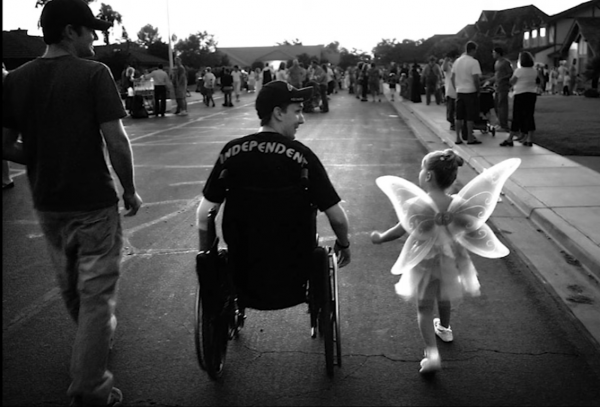


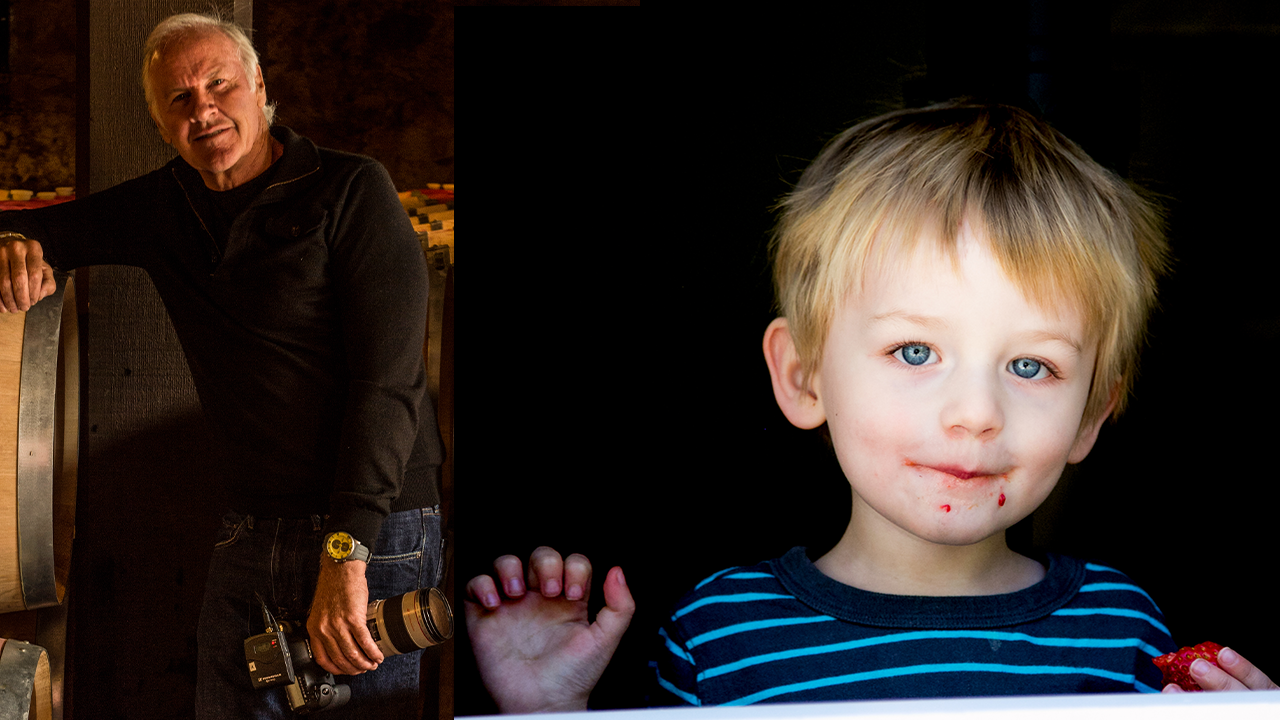
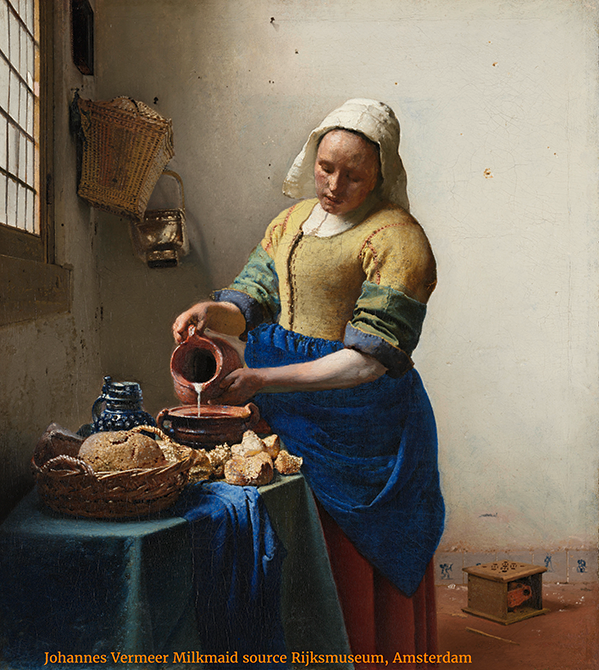
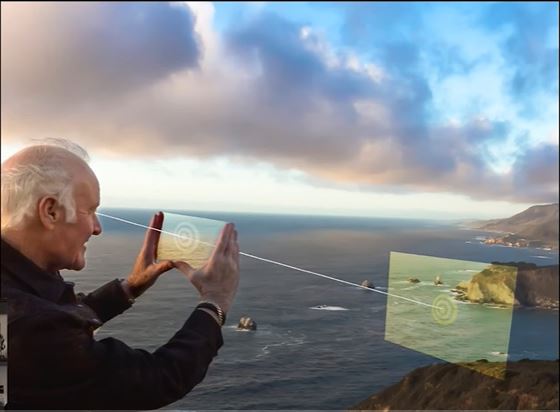
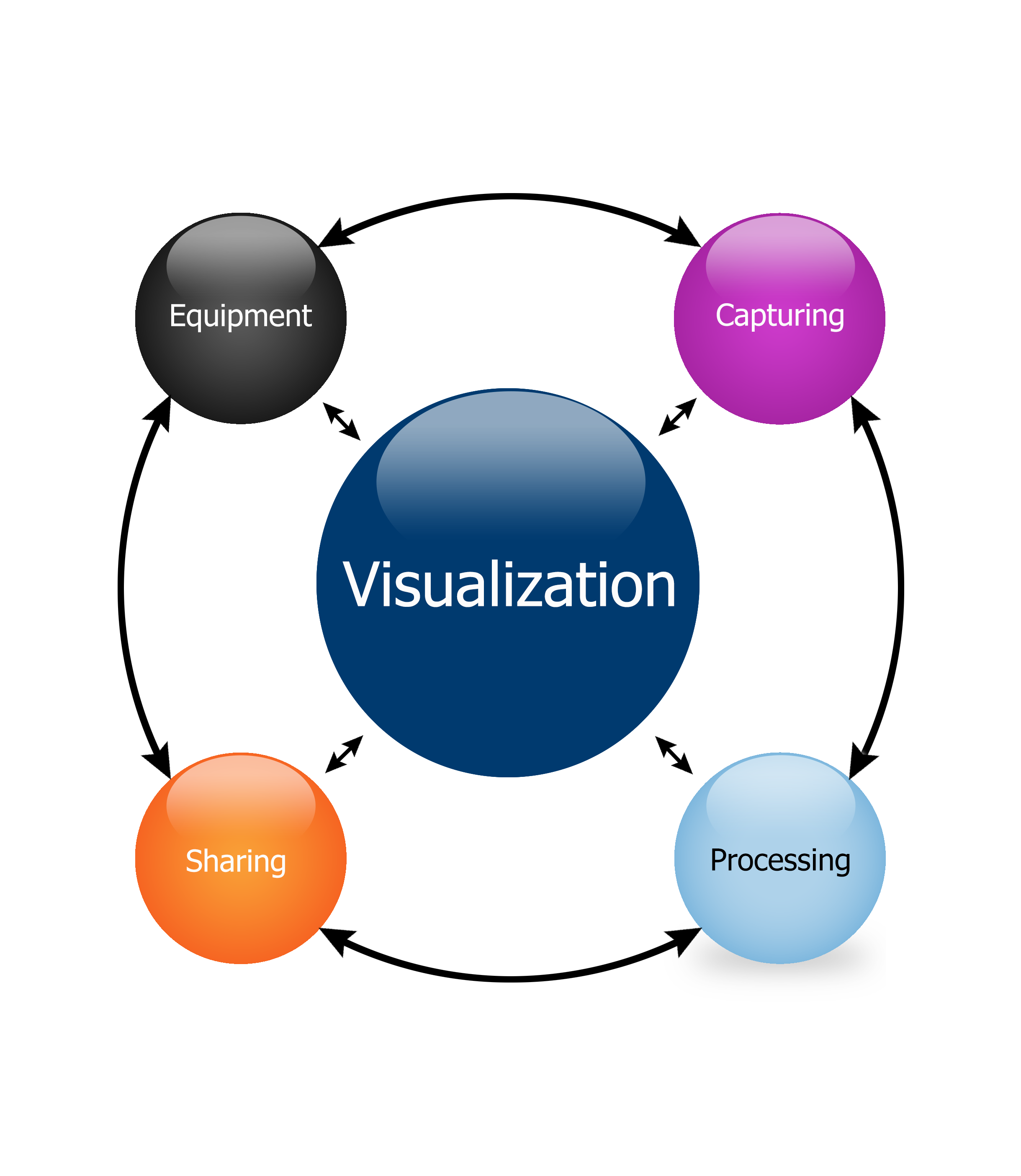
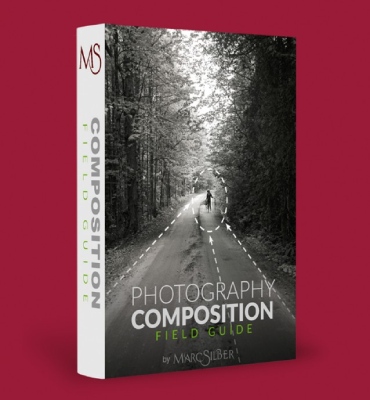
Leave A Comment
You must be logged in to post a comment.